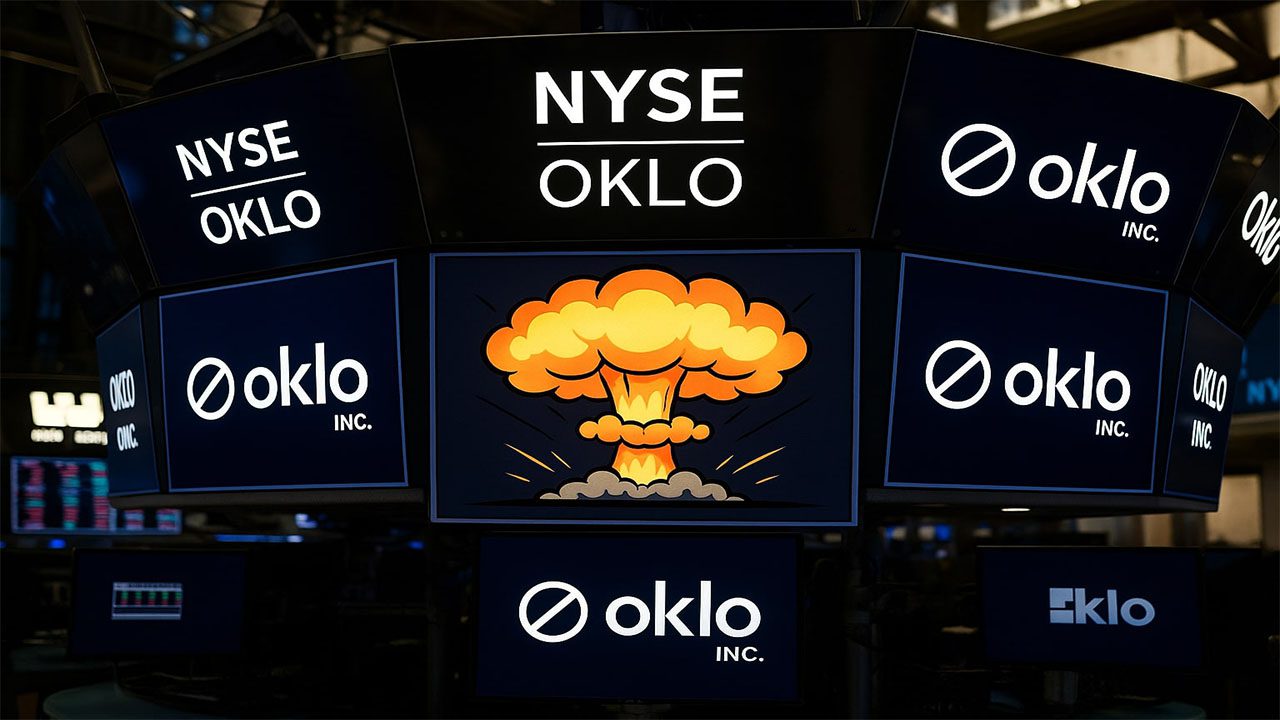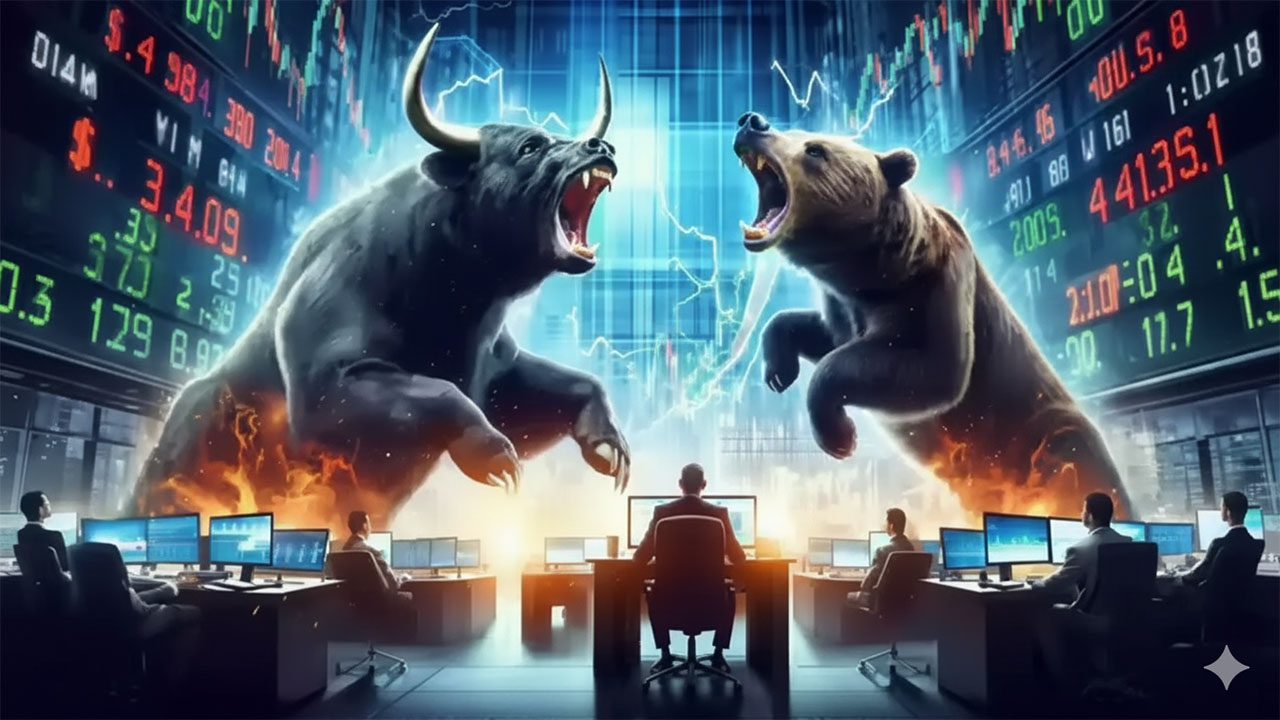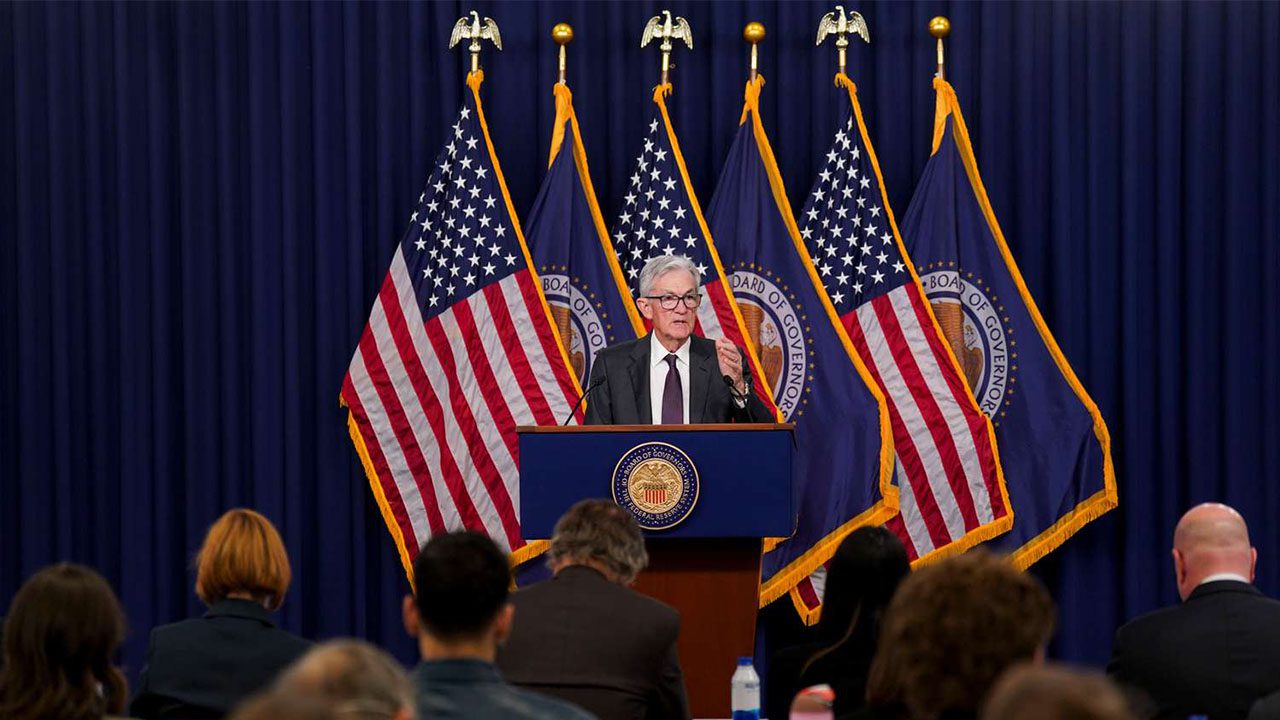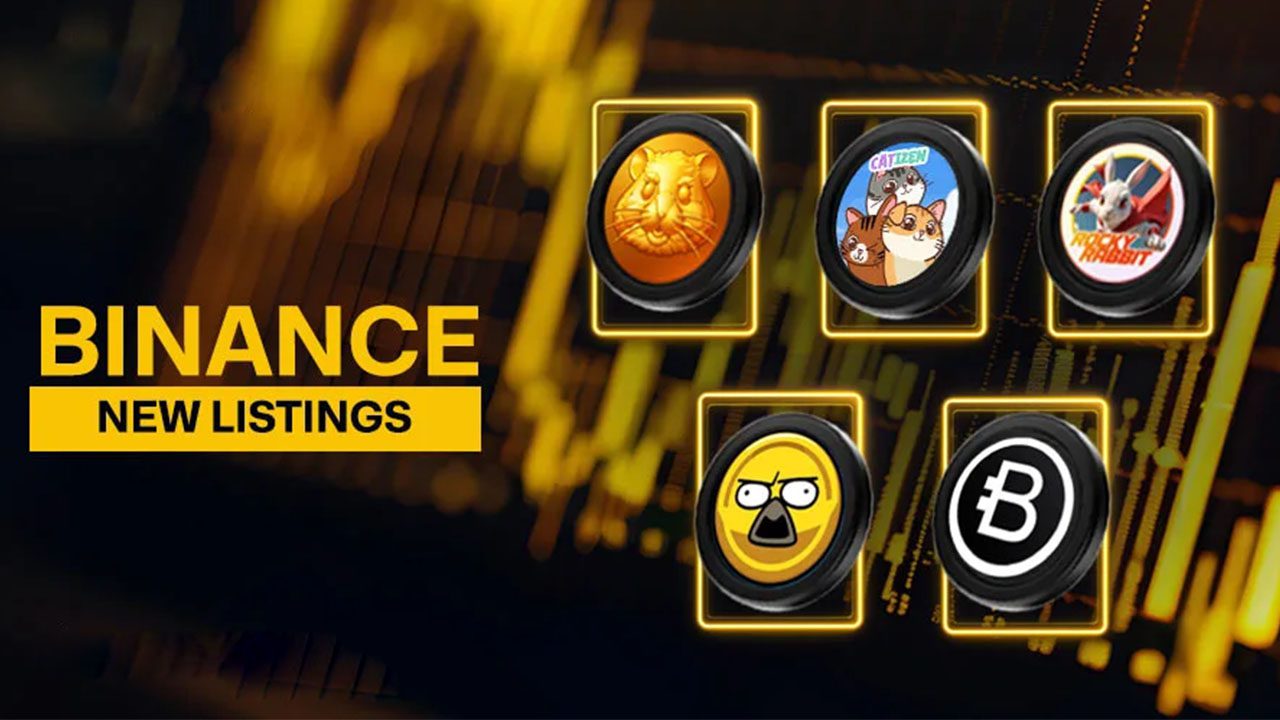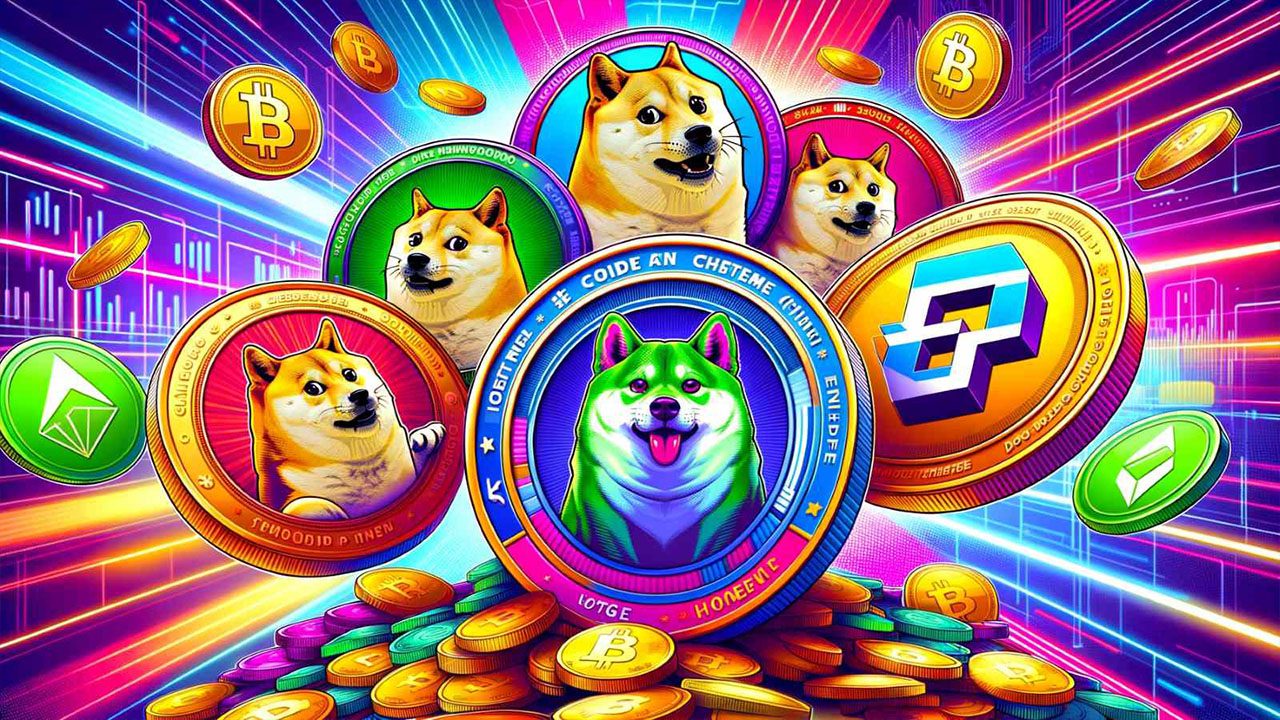Nepal Protests: Deadly Unrest Sparks Political Upheaval in 2025
The Nepal Protests have emerged as a powerful and tragic chapter in Nepal’s history, with at least 19 protesters killed, government buildings torched, and the prime minister forced to resign. This youth-led uprising, often dubbed the “Gen Z protests,” spotlight the intersection of digital freedom and political accountability. The Nepal Protests were triggered by a sweeping social media ban—but have quickly become a broader movement demanding an end to corruption and economic inequality. Let’s unpack this tense, evolving story.
Background and Causes
Social Media Ban Sparks Uproar
- In early September 2025, Nepal enforced a ban on 26 platforms—including Facebook, Instagram, WhatsApp, X, and YouTube—after those platforms failed to register with the government as mandated.
- This move sparked immediate backlash, especially among young people who rely on these channels for information and community.
- VMAs 2025 Winners & Viral Moments: Best Highlights USA
- iOS 26: New Features & Compatible Devices You’ll Love – Apple Update
Gen Z Outrage Against Nepo-Kids and Corruption
- Online, the “nepo kids” movement gained traction, calling out politicians’ children flaunting luxury amid widespread poverty.
- Floating hashtags like #NepoKids and #PoliticiansNepoBabyNepal became viral platforms for frustration about nepotism and economic inequality.
Youth Fury Meets State Force
- Peaceful protests bloomed across Kathmandu, Itahari, Biratnagar, Pokhara, and other cities—escalating as security forces responded with tear gas, water cannons, rubber bullets, and live ammunition.
- At least 19 protesters died, with hundreds more injured in one of Nepal’s bloodiest crises in decades.
Timeline of Key Events
| Date | Event |
|---|---|
| Early September | Government issues social media registration order |
| September 4 | Ban on major platforms goes into effect |
| September 8 | Protests erupt, Gen Z-led, clashes begin |
| September 9 | At least 19 dead; PM Oli resigns; social media ban lifted |
| September 10 | Army deployed, curfew imposed, airport shut, protests continue |
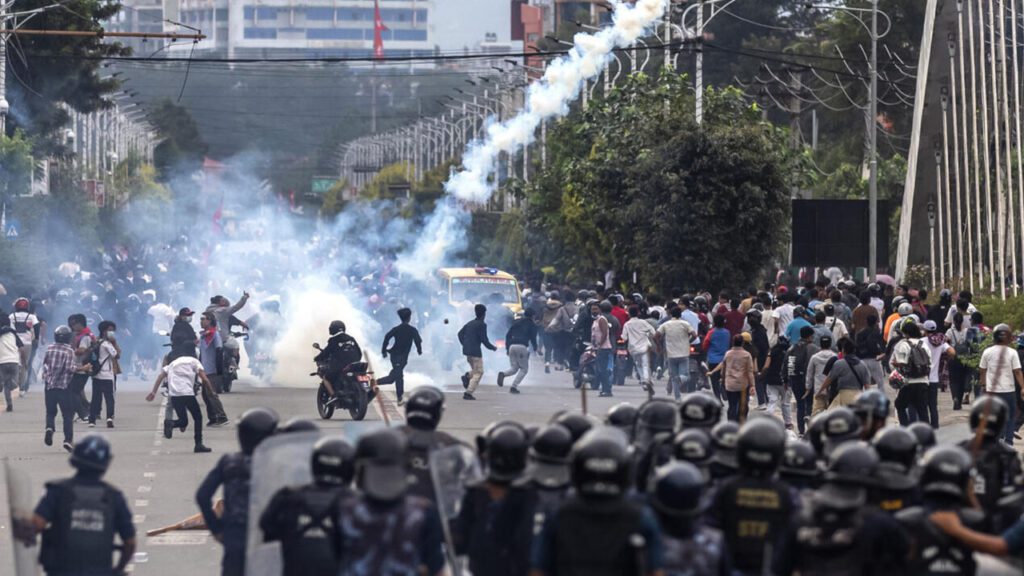
Escalation: Unrest and Resignation
Buildings Torched, Airport Shut
Protesters stormed the Parliament and the Singha Durbar complex, torching buildings and politicians’ homes. The airport was shut down, and flights were diverted—further plunging the country into chaos.
PM Oli Resigns Amid Chaos
Prime Minister K.P. Sharma Oli stepped down, reportedly to ease tensions. However, demonstrations continued as protesters demanded deeper reform—not just a change in leadership.
Army Steps In
Soldiers were deployed to Kathmandu to enforce curfews, patrol streets, and restore order. Arrests were made, and government institutions braced for talks with protest leaders.
Broader Context: Why It Matters
- Historic scale & demographic power: With a median age of 25, Gen Z in Nepal wields serious digital and social influence.
- Economic burns: Youth unemployment is estimated at over 20–22%, and poverty remains endemic.
- Political churn: Nepal has had 13 governments since becoming a republic in 2008—creating deep mistrust in governance systems.
What This Means for the USA-Based Reader
- Digital rights around the globe matter to everyone: Moves to shut down social media platforms raise red flags about censorship and freedom.
- Youth activism is global and potent: These protests mirror trends in Bangladesh, Sri Lanka, and beyond, offering insights into modern democracy’s fragility and power dynamics.
- Travel & geopolitics: With instability next door, nations like India voiced concerns, and regional stability is at stake.
Expert Takeaway (Conversational Insight)
Think of this as the digital era’s “tea act” moment—but instead of tea, the platform shutdown ignited a wildfire. Youth in Nepal said, in effect, “We won’t stand for corruption while our digital voices are silenced.” It’s powerful, poignant, and very of-the-moment.
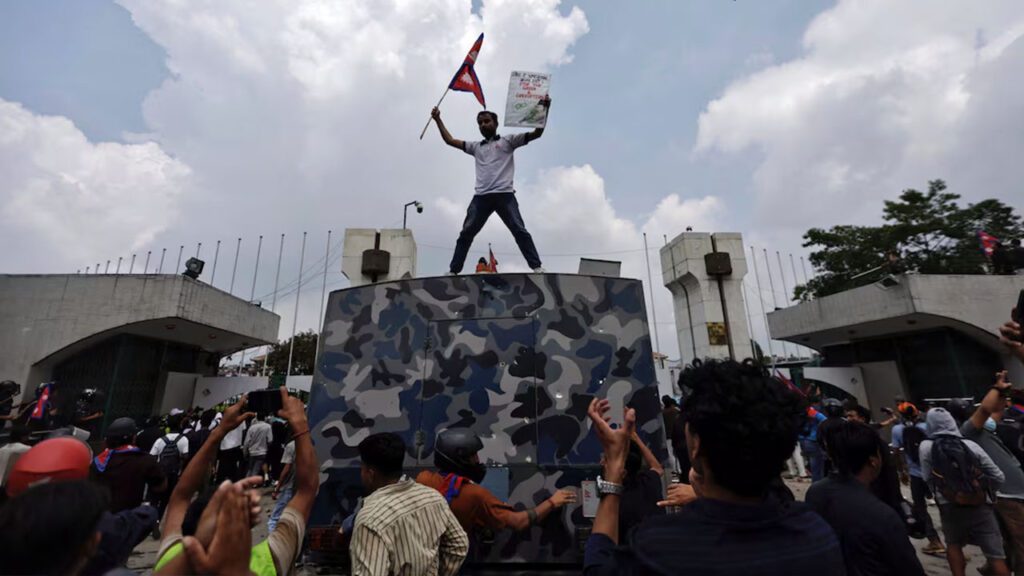
Common Questions must need to know
What are the Nepal Protests about?
The Nepal Protests are largely about the frustration of young people against corruption, nepotism, and censorship. They started when the government banned popular social media platforms, which many saw as an attack on freedom of expression. Over time, the protests grew into a broader movement against inequality, unemployment, and politicians’ misuse of power.
How many people have died in Nepal Protests 2025?
So far, at least 19 people have lost their lives during the Nepal Protests of 2025. Most of these deaths occurred during violent clashes between protesters and security forces as the demonstrations spread across major cities.
Why did Nepal ban social media platforms?
The government banned 26 social media platforms, including Facebook, Instagram, and YouTube, after companies failed to register locally under new regulations. Officials claimed it was about national security, but citizens viewed it as censorship.
Who are the “nepo kids” in Nepal protests?
“Nepo kids” is a phrase used by protesters to describe the children of politicians who openly display wealth and privilege while ordinary people struggle. This idea became a symbol of inequality and fueled public anger.
Is Nepal under curfew now?
Yes, authorities have imposed curfews in parts of Kathmandu and other cities to control the unrest. Soldiers and police are patrolling streets to enforce order.
What triggered Gen Z protests in Nepal?
Gen Z was directly affected by the social media ban, as many rely on digital platforms for work, education, and communication. The sudden restriction ignited widespread anger, which quickly grew into protests.
Did the Prime Minister resign because of protests?
Yes, Prime Minister K.P. Sharma Oli resigned under immense pressure after violence escalated and public anger spread. However, his resignation has not fully calmed the demonstrations.
How did the army get involved in Nepal protests?
The army was called in after police struggled to contain the protests. Soldiers were deployed to restore order, guard government institutions, and enforce curfews.
Are flights to Kathmandu cancelled?
Yes, several flights to Kathmandu were cancelled or diverted as protests disrupted operations at the international airport.
What comes next after Nepal Protests?
The future remains uncertain. Protesters demand deeper reforms beyond leadership changes, while the government faces pressure to address corruption, create jobs, and rebuild trust.
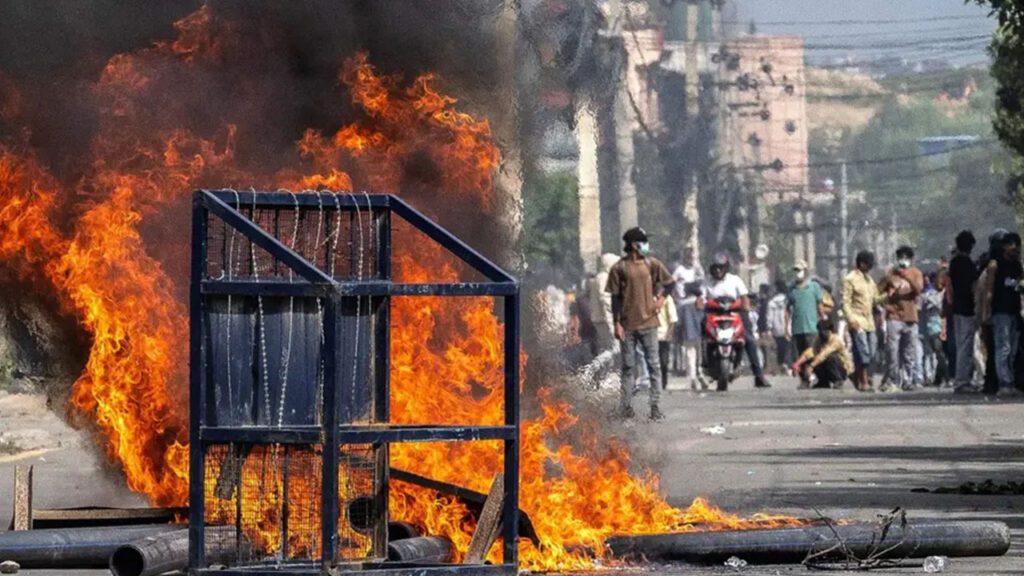
Unknown Facts About Nepal Protests
The Nepal Protests of 2025 are not just about politics; they reveal unique social and cultural dynamics that many outsiders don’t know. For example, Nepal has one of the youngest populations in South Asia, with over 60% under the age of 30. This youthful majority played a huge role in fueling the protests, making them one of the largest youth-led movements in the country’s history. Another unknown fact is that many protesters organized themselves using offline methods like Bluetooth file sharing and handwritten notes after social media was banned, proving how resilient Gen Z can be. Interestingly, the protests were not only about politics but also fashion and music—youth used street art, protest songs, and satirical memes to showcase anger and creativity. Despite the ban, hashtags like #NepoKids trended globally, showing that Nepal’s struggle reached international audiences.
Below is a chart showing key hidden aspects:
| Unknown Fact | Short Description |
|---|---|
| Youth Majority | 60% of Nepal’s population is under 30, leading the protests |
| Offline Organizing | Protesters used Bluetooth and notes after the internet shutdown |
| Creative Resistance | Street art, memes, and music became tools of protest |
| Global Hashtag Impact | NepoKids trended worldwide, highlighting corruption issues |
| Historic Scale | One of the largest youth-led protests in Nepal’s modern history |
